Your toddler is growing and ready to tackle some new skills! If you are wondering what to teach a two-year-old, then read on! Grab pen and paper or download the free checklist to get you ready for your teaching journey.
There are life skills you can teach your child as well as academic skills you can start introducing them to. The life skills are things like getting ready to use the bathroom, pulling up their own pants, etc… The academic skills are skills such as colors, shapes, and the alphabet that will give them a headstart when entering PRE-K.
You can grab the free checklist or grab a pen and paper to take notes and plan your learning journey this year.
What to teach a two-year-old and give them a head start in Pre-K
Since my son has been one year old I have been working with teachers, and speech pathologists, purchased numerous curriculums (which I didn’t fully like), and have spent hundreds of hours doing research and testing what to work on at Two years old in a fun and developmental way without overwhelming my son and others the same age as him.
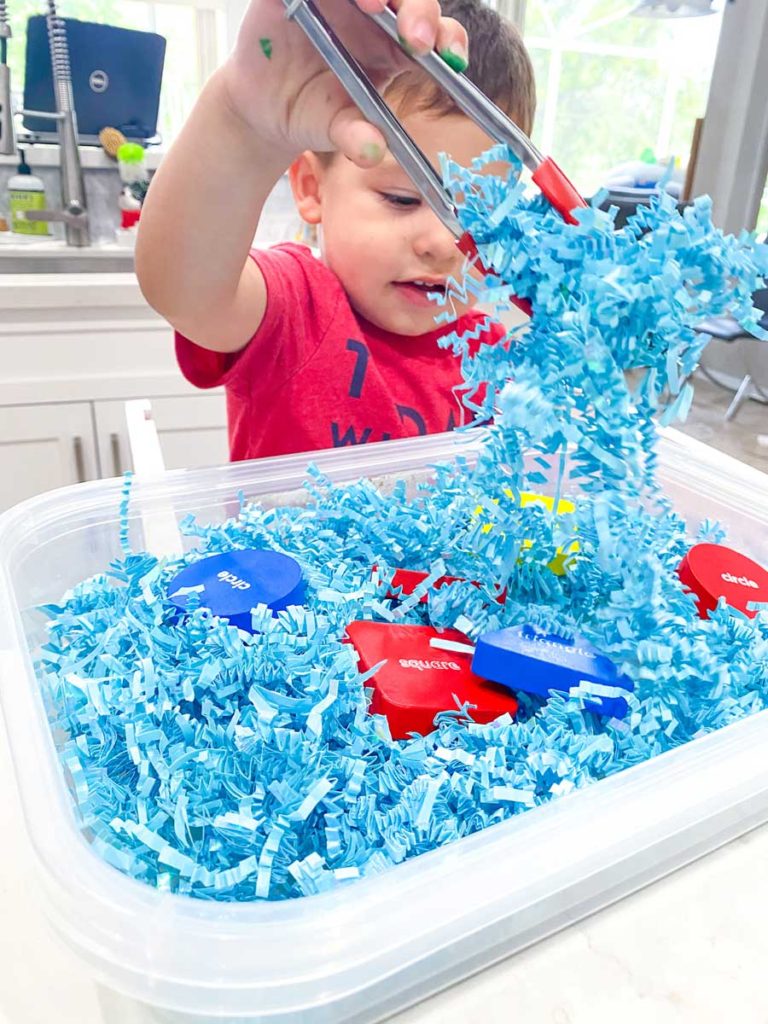
As a sensory teacher, I get to see kids all day learn through sensory exploration, and often, moms ask me what they should be working on at this age. The good news is that everything I learn, I create and develop, I publish it on the blog, and I create awesome resources for you to enjoy as well.
2 years of age is the most ideal time to develop some basic learning skills.
.
Every toddler is different and everyone works differently.
Because of this, I always suggest to start looking at the 2-year-old milestones and then seeing what your toddler already knows.
This will give you the base of what to teach or work on throughout the year.
It is also good to add those concepts that will be expected to be known when they enter preschool and those that will be taught there. This will give you the tools to work on these at home and give your child a head-start.
I don’t mean grab a preschool curriculum and do that—that is too advanced—but let’s go over what things they can do now that will help them when they get to Pre-K.
Develop Conversational Language
By now, your toddler is expected to be able to say at least 50 words and understand around fifteen sentences that you speak at one point of time. This means you can expect your toddler to understand the different words and their meanings at a barely minimum conversational level.
This is the ideal time to start teaching your children the correct usage of words. Teach them about opposites, words that describe them as up, down, inside, and outside.
Teach Life Skills
When I asked preschool teachers what they wish the child learned at home before entering their classroom, what would it be? Do you know what most said? Independence.
- Toilet Training (or announce they have to go)
- Eating a meal unassisted
- Sharing
- Taking off shoes and jacket
Independence toilet training, eating alone within a certain time frame (as they have to stick to a schedule, so they often only have about 30-40 minutes to eat, and there is no tablet to entertain them to keep them sitting and focused.
Independence and organization skills when it came to dressing and undressing, like taking off their shoes or their coat and putting them in a cubby. So, at home, make an effort to work on these, too. they are important as it is sharing or even knowing their colors.
Work on fine motor skills
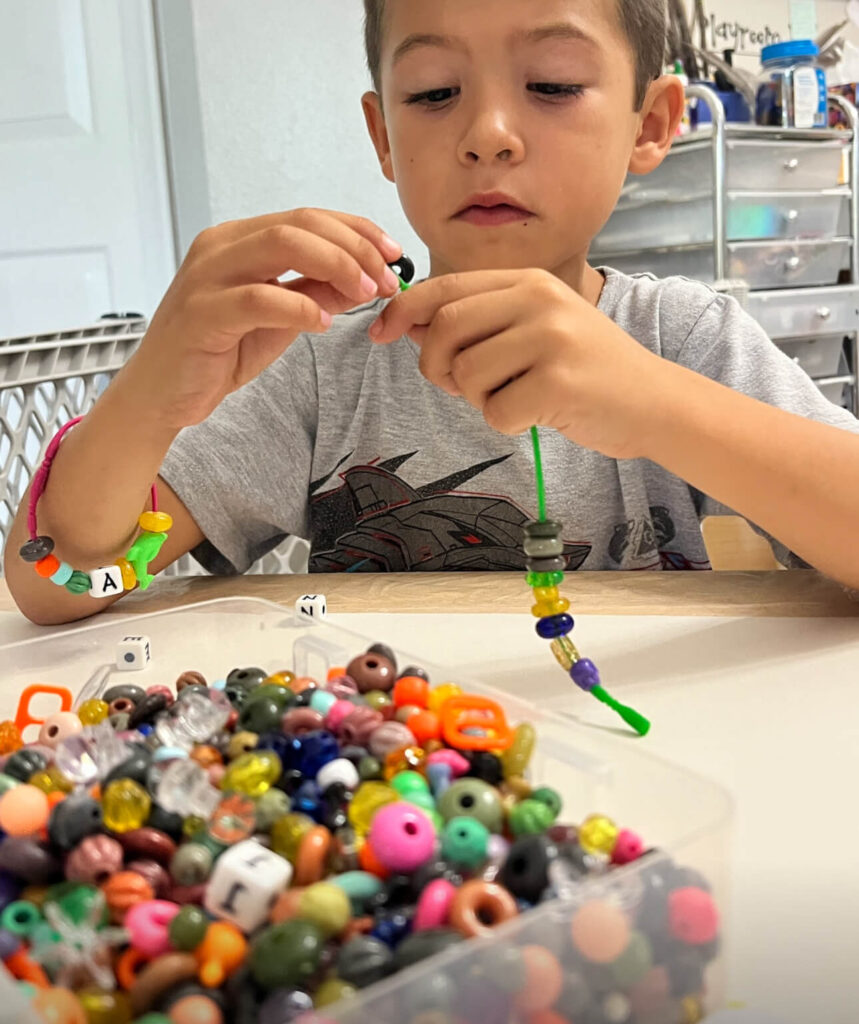
- Learning how to cut with scissors
- Play using Playdough
- Use other sensory materials
- Picking up Items Using a Pair of Tongs
- Solve Simple 3-Piece Puzzles
Work on Gross Motor Skills
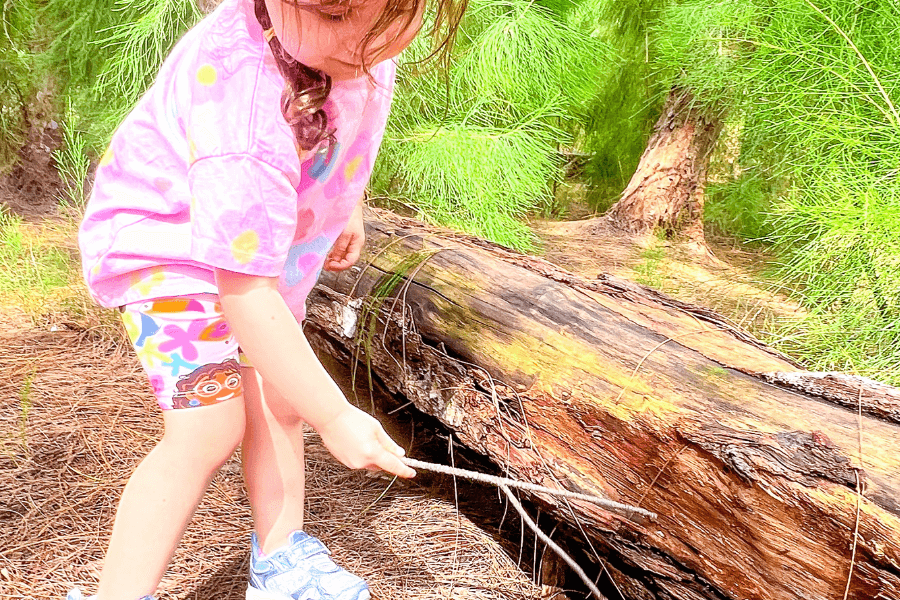
- The balance on one foot at a time
- Walking in a line
- Jumping with both feet together
- Catch and kick a ball
Work on Pre-K readiness Concepts

- Colors
- Shapes
- Scissor Skills
- Math (counting, sorting)
- Alphabet (My name)
- Spatial concepts
- Opposites
Teach Colors
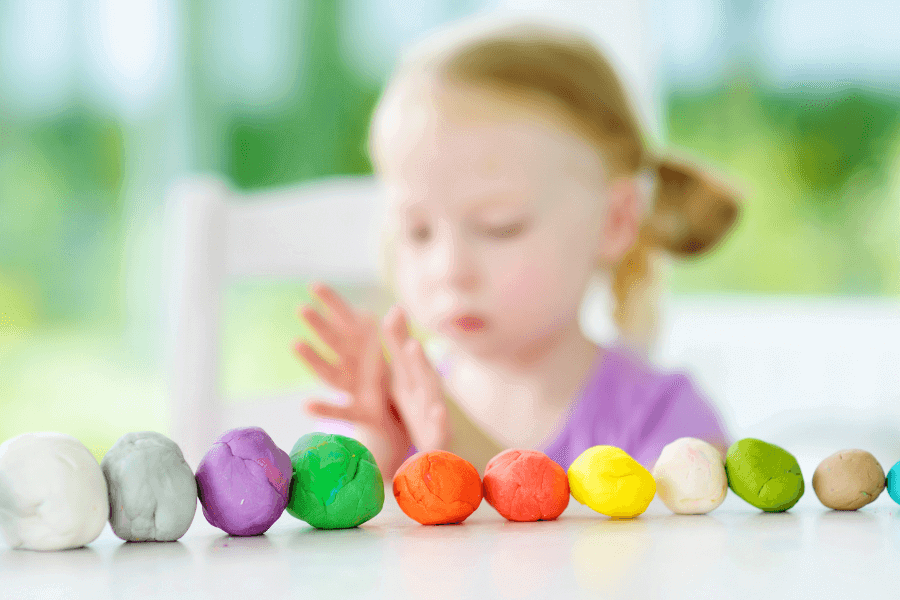
The age where they start identifying shapes is also the age when you can show them the colors. The colors should be as basic as possible at the start – remember, toddlers are better served differentiating between red, blue, green, pink, black, and white, so start with those.
Then, add the rest of the colors of the rainbow, and if you want, you can add silver and gold to the list!
One way to teach children colors is to use coloring pages. Some toddlers learn to hold a thick crayon by the time they turn 3, while some learn it later. Use different materials such as paint, glitter, crayons, and markers to teach colors. They could also learn it by the time they turn 2.5, but ensure they do not swallow crayons when you try this, or it may lead to a disaster.
Later on, you can start with orange, purple, and brown. The last step would be the complex colors such as indigo, violet, magenta, etc. You do not need to show them advanced variations of colors such as ochre yellow, flesh tint, fluorescent blue, etc. – they will learn these automatically with time.
Teach Shapes
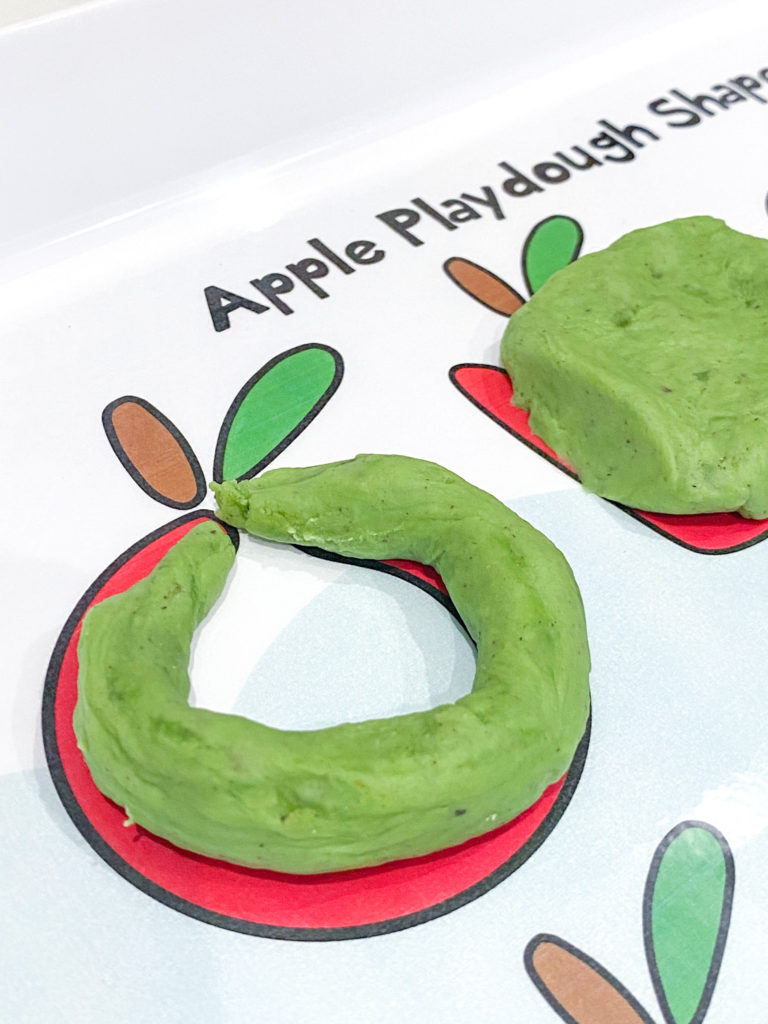
Before age two, most children did not understand the concept of shapes (even if you tried teaching them), but now, their brains are developed and ready to learn about these. Circles, squares, triangles, hearts, and stars – are the basic ones you should start with. Eventually, move on to rectangles, diamonds, hexagons, pentagons, rhombi, etc. (It’s also fine if you skip the complex shapes altogether)
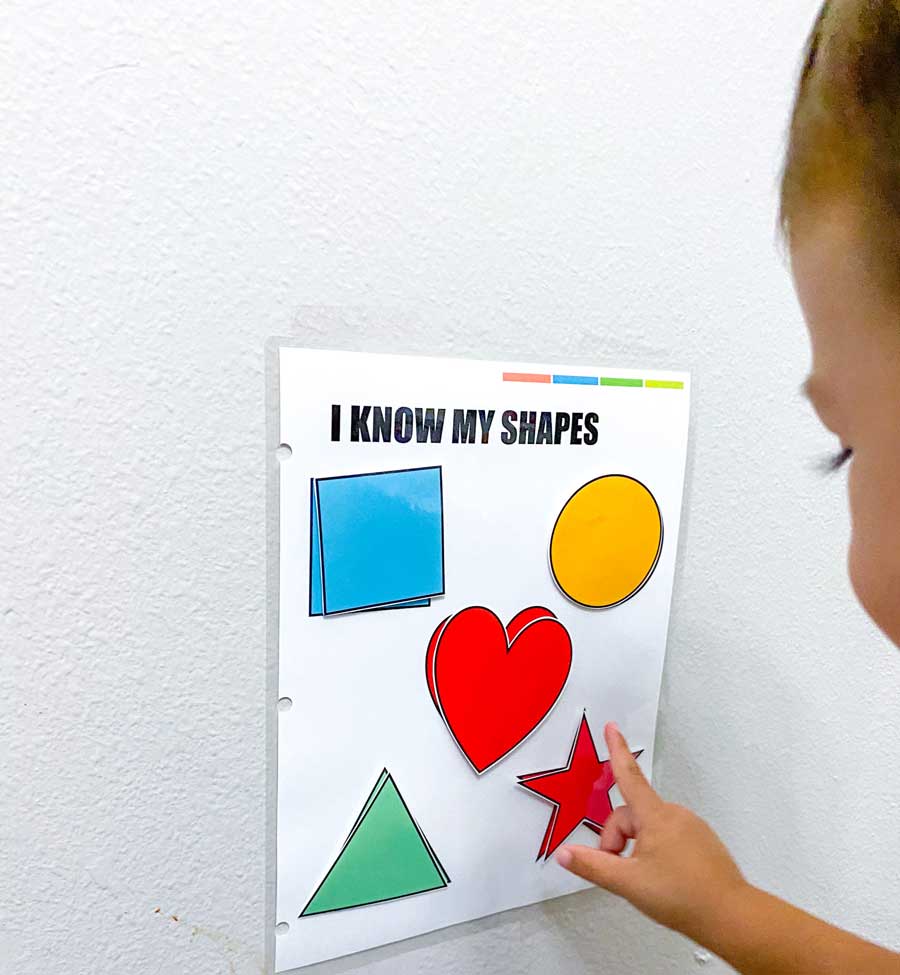
What do we teach a two-year-old when we say shapes? You have to first show them these shapes, and let them understand how each shape looks. Initially, they will be confused between a square and a rectangle, so when you begin, begin with only these two coupled with triangle and circle.
Once they understand the shapes, point towards various objects and make your two-year-old identify them. Teach them when they go wrong, and eventually, they’ll be masters of identifying shapes. This not only helps in their general growth but also eases their life during preschool.
Teach Math Concepts (Numbers, Counting, sorting)
By two they should probably already count from one to ten. Now, let’s start making sure they can count one by one and associate the number with each number. This is called one-on-one correlation.
Teach the Letters of the Alphabet For Their Name

You don’t want your kids to learn the complex alphabet directly the way taught in preschool – a letter of the week or more complex ways. It is easier if your toddler has a heads up before they even get to pre-school about letters that matter.
Don’t go the complete distance, you do not need to associate each alphabet letter with words at this stage, and they need not remember the order either.
You should just teach them what an ‘A’ looks like, what a ‘B’ looks like, etc., start with the letters of their name, and use flashcards after about three months to identify these letters when you are from books. All they need to do understand is that words have meanings and letters form words. Just work on identifying some letters of the alphabet. If you allow electronics in the house, use ABC songs that visually show the letters when singing, and do sensory activities and art activities associated with each letter of their name. Before you know it, they will be picking up other letters naturally.
Final Thoughts
I get it; all of this is a lot to take, and it can seem overwhelming! but don’t be, just take one lesson a time and go with your child’s interest.
We created two resources to make all of the Pre-K readiness learning easier for you: The learning Binder full of games that will allow you to teach 5 minutes a day and a curriculum of weekly lesson plans divided by themes to embed these lessons into weekly activities, sensory, art, and more!
-
 The Learning Binder 2 | Two Year Old Printables Binder$39.00 – $127.00
The Learning Binder 2 | Two Year Old Printables Binder$39.00 – $127.00
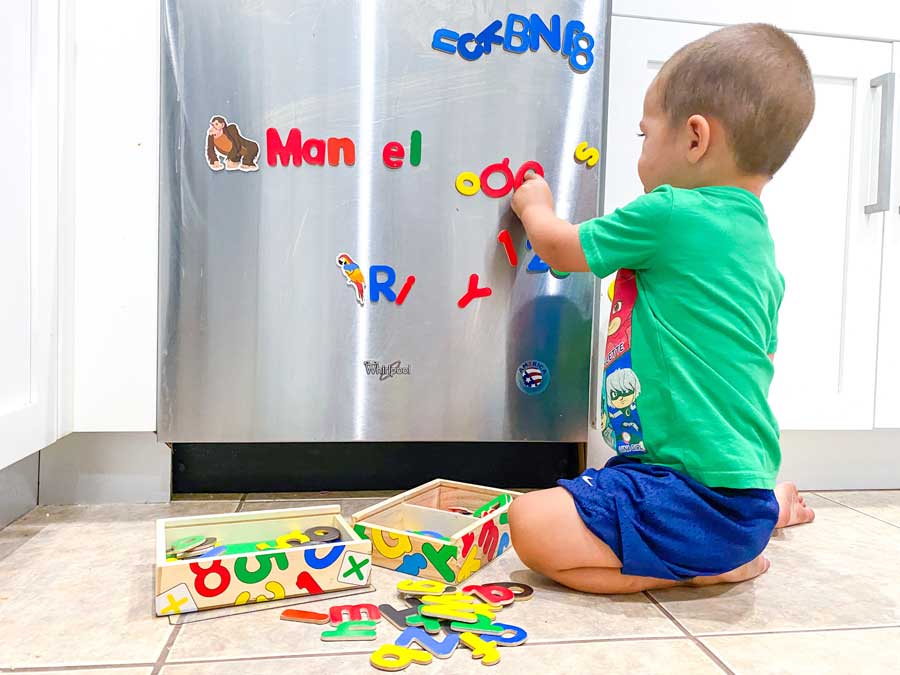
1 thought on “What to teach a two year old {Get ready for pre-k}”
Comments are closed.